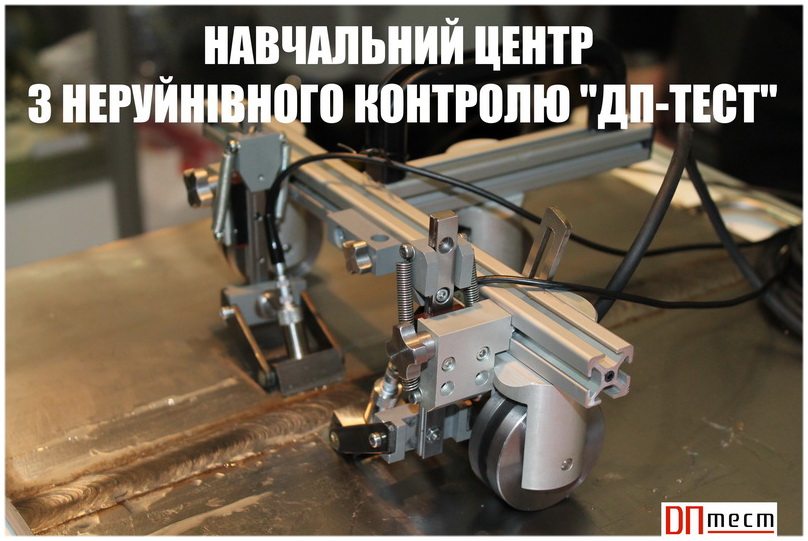The master's dissertation explores the improvement of the vending machine product dispensing system. The explanatory note consists of the following components: a list of abbreviations and acronyms, an introduction, four main chapters, startup project development, conclusions, and a bibliography. The master's dissertation comprises a total of 86 pages, 18 figures, 29 tables, and 15 references.
Objective and Task. The goal of the dissertation is to propose and implement enhancements to the automated product dispensing system of a vending machine.
- Hits: 649








